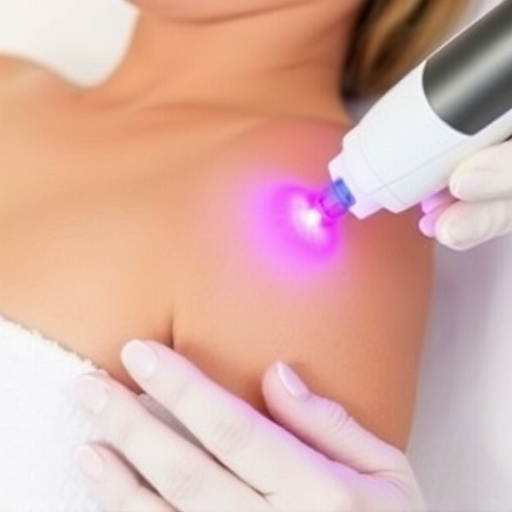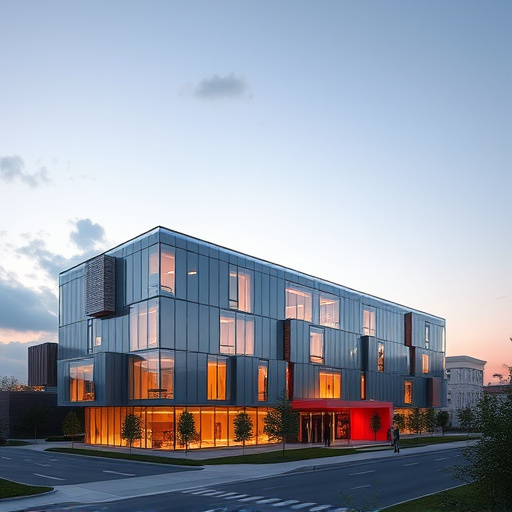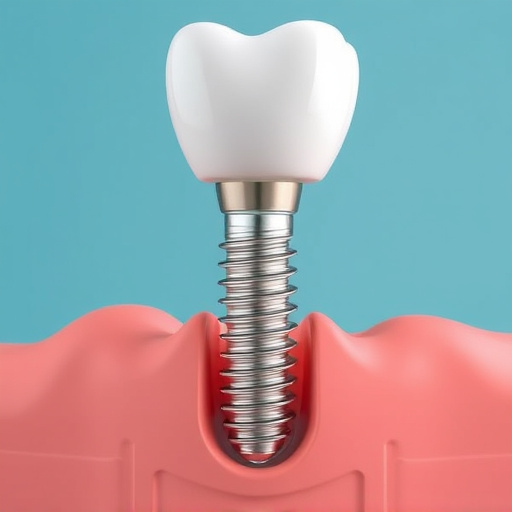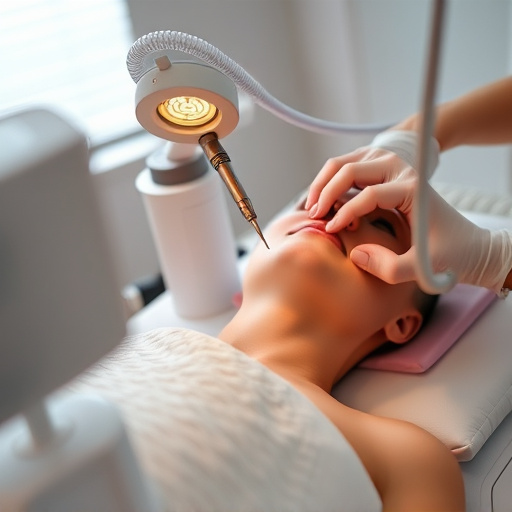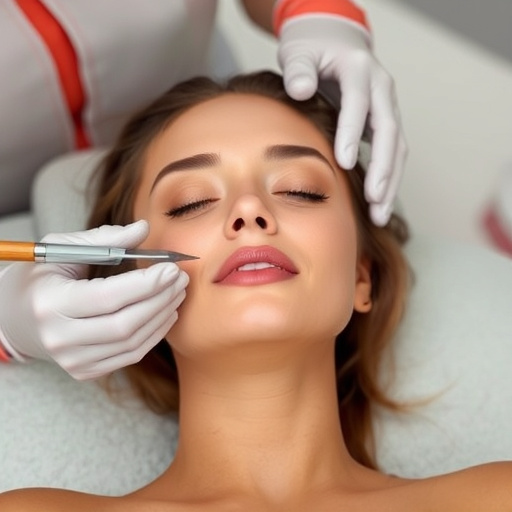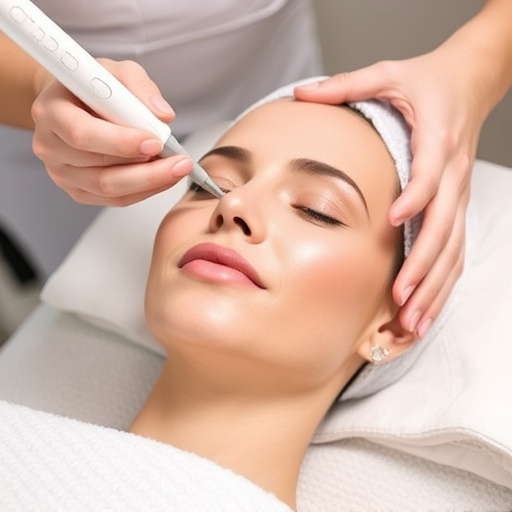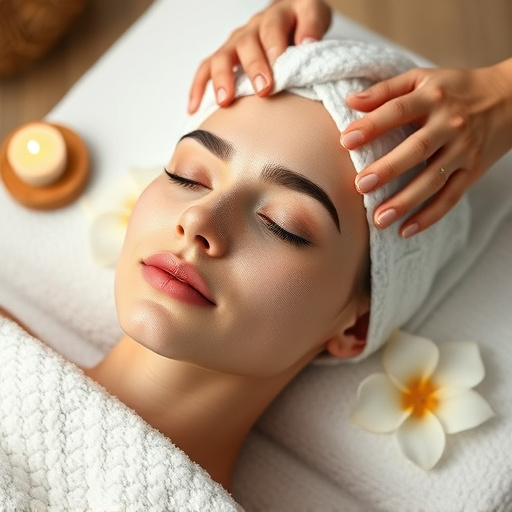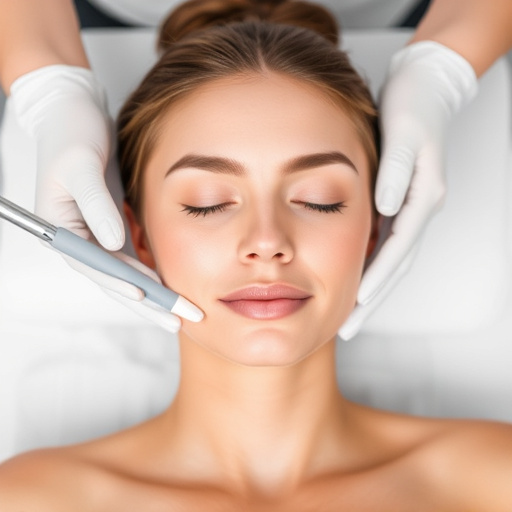Razor bumps (pseudofolliculitis barbatia) are a common skin issue, characterized by small red raised bumps after shaving or waxing. They can be managed with various treatments including laser hair removal, topical creams, microdermabrasion and chemical peels. Razor burns, caused by aggressive shaving, require separate care focusing on moisturizing, using fresh razors, and professional facials or microneedling. Both conditions aim for reduced bump appearance and long-lasting relief through suitable razor bump treatment options.
Are you tired of dealing with pesky razor bumps after shaving? This article delves into the key differences between razor bumps and razor burn, helping you identify and address these common skin irritations effectively. We explore the causes and characteristics of razor bumps, provide an overview of popular treatment options, and offer strategies to differentiate and manage razor burns. Discover expert tips for achieving smoother, healthier skin post-shave.
- Understanding Razor Bumps: Causes and Characteristics
- Exploring Common Razor Bump Treatment Options
- Differentiating Razor Burns: Symptoms and Management Strategies
Understanding Razor Bumps: Causes and Characteristics
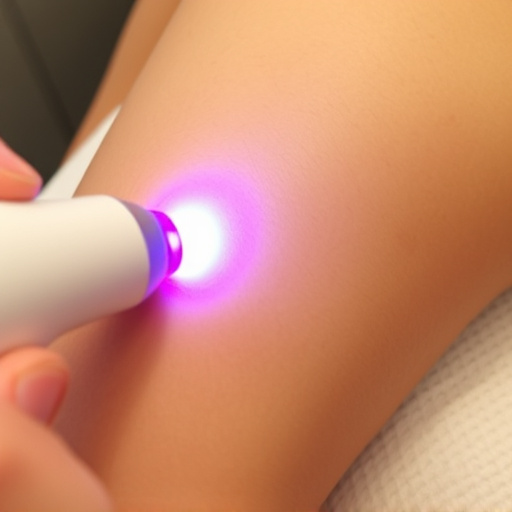
Razor bumps, also known as pseudofolliculitis barbatia, are a common skin concern that often arises from shaving or waxing. Understanding what causes them is the first step in finding an effective razor bump treatment. These small, red, raised bumps typically appear on areas of the body where hair grows back through the skin after being shaved, such as the legs, arms, and face. They are characterized by their small size, usually less than a millimeter in diameter, and their tendency to cluster together, giving the skin a rough, textured appearance.
Several factors contribute to the development of razor bumps, including shaving techniques, hair growth direction, skin sensitivity, and the type of shaving products used. Irregular or aggressive shaving can cause minor skin injuries, leading to inflammation and the formation of these tiny bumps. Additionally, coarse hair that grows back at an angle can further irritate the skin, exacerbating the condition. Laser hair removal, pore refinement treatments, and chemical peels are alternative methods that some individuals explore for managing razor bump symptoms and preventing recurrence.
Exploring Common Razor Bump Treatment Options
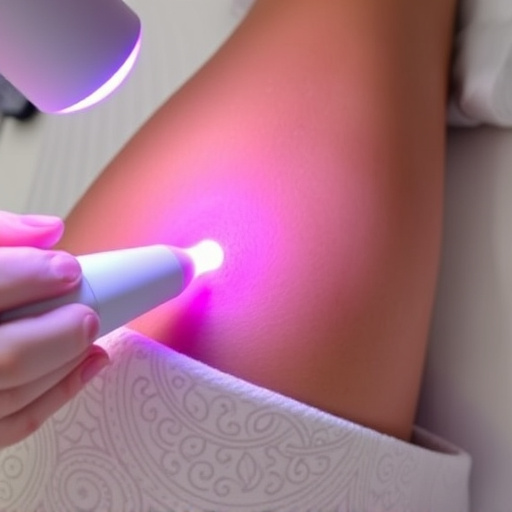
When it comes to addressing razor bumps, several treatment options are available that can provide relief and reduce their appearance. One common approach is the use of topical creams and lotions containing ingredients like retinoids or alpha hydroxy acids (AHAs). These substances help exfoliate the skin, removing dead skin cells that might be trapped under the surface, leading to bump formation.
Additionally, medical spa services offer a range of effective treatments for razor bumps. Microdermabrasion, for instance, is a non-invasive procedure that gently sands away the top layer of skin, promoting cell turnover and reducing the visibility of bumps. Laser therapy is another advanced option, targeting specific pigments in the skin to smoothen and even out the surface. These aesthetic treatments provide long-lasting results, making them popular choices for those seeking permanent solutions to razor bump treatment.
Differentiating Razor Burns: Symptoms and Management Strategies
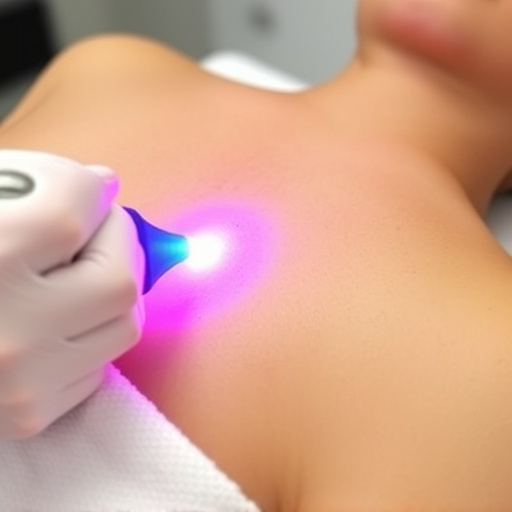
Razor burns are a common issue that often arises from aggressive shaving techniques or using dull razors. Differentiating razor burns from razor bump treatment is crucial for effective management. Symptoms of razor burn include red, irritated patches on the skin, similar to a rash, with small blisters or pimple-like lesions. The affected area may feel warm to the touch and can cause significant discomfort.
Management strategies involve keeping the skin moisturized with soothing creams or lotions, avoiding hot showers or harsh cleansers that can irritate the skin further. Using a fresh, sharp razor each time you shave is essential. Professional skincare treatments like customized facials or microneedling therapy can also help reduce inflammation and promote healing, offering long-lasting relief from razor burn symptoms.
In understanding the distinctions between razor bumps and razor burns, it’s clear that each requires unique approaches for effective management. By recognizing the causes and symptoms of these skin irritations, individuals can select appropriate treatments, such as topical creams, shaving techniques adjustments, or specialized razors, to prevent and alleviate discomfort associated with razor bumps. For razor burns, immediate cooling measures, proper grooming practices, and gentle skincare routines are key to healing and preventing future occurrences. Implementing these strategies empowers users to navigate their personal grooming routines with confidence, ensuring both comfort and healthy skin.



